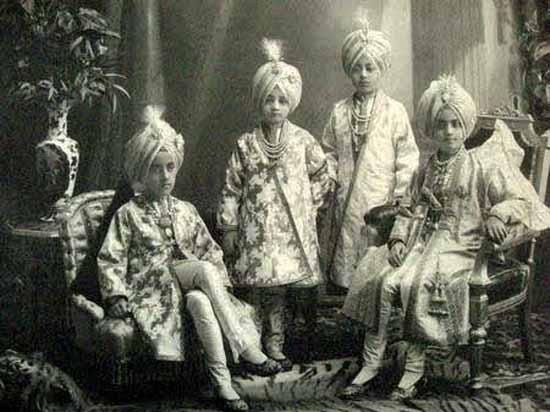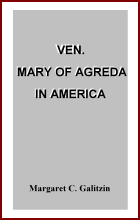Ambiences and Tendencies
 |
 |
 |
 |
 |
 |
 |
East & West: Wise Interpenetration of Values

They are authentic princes, quite authentically Hindu. Nonetheless, without damage to this authenticity, one easily perceives that something of our Western civilization has profoundly penetrated them and their ambiance.
When two great civilizations meet, the best fruit of the peaceful relationship that should be established between them is this: a wise and balanced interchange of values made with discernment and equilibrium, so that both can be enriched and neither loses its authenticity. On the contrary, the worst outcome is the destruction of one by the other.
The Church does not identify herself specifically with the civilization and culture of any particular people. It is, however, in her nature to foster the preservation and growth of all that is wise and upright in the most varied civilizations and cultures, as well as to eliminate what is false or evil in them.
One easily sees how much the Catholic influence tends to promote a judicious interpenetration of values. When this interpenetration takes place under the aegis of the Church, an essential but harmoniously variegated unity between civilizations and cultures results. This superior unity, based on the Faith, is called the Christian Civilization.
If the action of the Church had attained its full influence among the peoples of the East, all that is typical, elevated and upright in the Hindu civilization and culture would have been preserved. Abominable abuses – such as, for example, idolatry and the miserable situation of the pariahs or so many other workers – that coexisted with these authentic values would have been eliminated. And the India of today would have been quite Hindu, still imbued with its admirable traditions, but also quite Catholic, having benefited from the acceptance of the best values of the West. How much the West, in its turn, could have benefited from its contact with such an India!
To a certain extent, up until World War II, this exchange of values was being made between the upper classes of India and the West and, normally, they would have spread to the other social classes.
These young princes, who manifest something of the "Thousand and One Nights" atmosphere but who have already assimilated some of the refinement and nobility of the Western "court air," are a characteristic example of this.
But... the Revolution entered the picture, destroying in India, as in the West, their traditions. It attacked everything that was authentic and organic in India’s culture, and, under the pretense of correcting abuses, it is building a cosmopolitan and inorganic nation, replacing the often excessive authority of the Maharajas with the despotism of the machine, bureaucracy and advertisement techniques.
Has this been a benefit for India? Or a loss? This question, while providing an opportunity for endless discussions, would have the inconvenience of diverting our attention from another immensely more interesting problem: Why did that country not continue on the right path that it had begun – at least in some respects – to follow?

Catolicismo. n. 128 - August 1961
Posted on March 14, 2018
Posted on March 14, 2018
______________________
______________________








